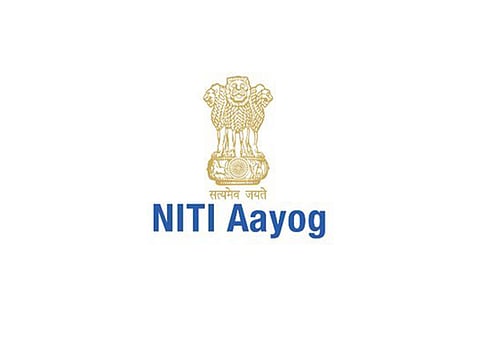

NEW DELHI: India’s services sector has added close to 40 million jobs in the past six years, firmly establishing itself as the country's dominant engine of employment growth, absorbing labour at a pace unmatched by industry, finds Dipak Mondal of The new Indian Express.
According to a new report, India's Services Sector: Insights from Employment Trends and State-Level Dynamics, the sector employed nearly 188 million workers in 2023–24, securing its position as the second-largest employer after agriculture.
The services sector proved its resilience during the economic recovery, with its employment elasticity—the responsiveness of jobs to output growth—rising sharply to 0.63 in the post-COVID period. This high elasticity highlights the sector’s crucial role as a labour shock absorber for the national economy.
The report notes that across the entire economy, only the construction and services sectors stand out as consistent job creators, with the manufacturing sector lagging with weaker job responsiveness to output gains.
Despite this rapid expansion, the services economy is characterized by a ‘dual divergence’: high-value segments like Information Technology, finance, and professional services are productivity-rich but employ a small base, while traditional sub-sectors like trade and transport dominate the workforce but are marked by high levels of informality and low wage growth.
Sharp urban-rural and gender divides persist
The analysis reveals that the benefits of services expansion are highly unequal, defined by striking disparities across location and gender.
The growth in services employment is overwhelmingly an urban-led phenomenon. Over 60 percent of all urban workers were employed in the services sector in 2023–24. The sector has consolidated its position as the single largest source of employment in urban labour markets.
In sharp contrast, less than 20 percent of the rural workforce is engaged in services. Between 2017–18 and 2023–24, the services share of rural employment actually declined marginally from 19.9% to 18.9%.
The gender divide remains particularly pronounced in services employment. Only 10.5 percent of rural women are engaged in the services sector, compared to a substantial 60 percent of their urban counterparts. Furthermore, rural women's participation is largely restricted to low-value activities.
The gap in earnings for casual workers highlights deep inequality. Rural women earn an average of only Rs 213 per day, which is just 47 percent of the average daily wage for rural men (Rs 451). This disparity in rural services is far sharper than in agriculture (75%) or manufacturing (65%).
The wage gap is significantly narrower in urban areas, where women earn Rs 403 per day compared to Rs 480 for men, resulting in an 84% wage ratio. This reflects the more formal and diverse nature of urban services, which offer better-paying opportunities in sectors like healthcare and education.
The report concludes that without accelerating formalization, bridging the gender and rural-urban divides, and strengthening the skilling ecosystem, the services sector risks becoming a low-wage trap despite being the fastest-growing part of the economy.
